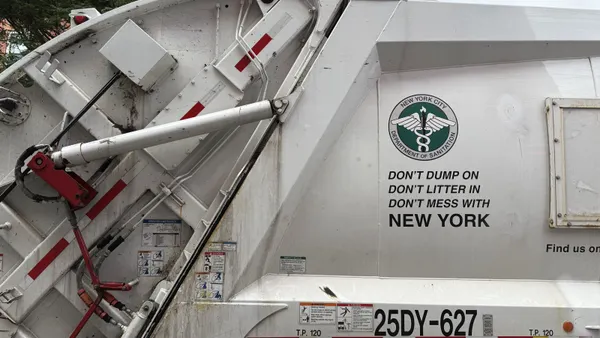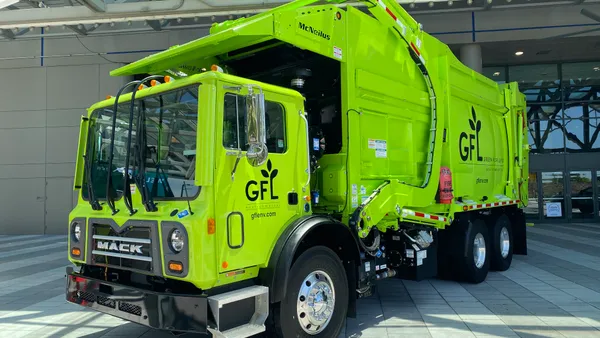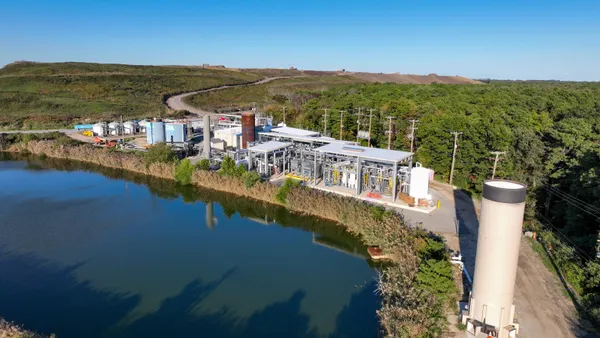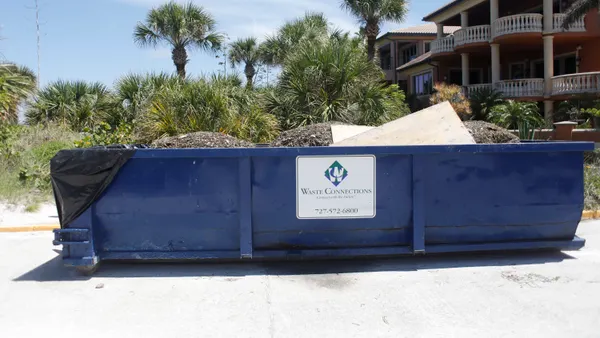Dive Summary:
- An article from The Patriot News highlights the stark differences between two Pennsylvania incinerators. Lancaster is viewed as a national model for waste-to-energy while Harrisburg's incinerator is a model of financial mismanagement.
- Now, the Lancaster County Solid Waste Management Authority is in the final stages of purchasing the Harrisburg facility.
- When the sale is complete, the LCSWMA has a list of improvements they hope to make. These include building a new transfer station, expanding the plants cooling tower, adding weighing stations, expanding the landfill, and finishing upgrades to the steam turbine generator
From the article:
In Lancaster County a steady stream of large trucks rolls north on state Route 441.
The haulers drive pass the endless farms that gave rise to the county’s nickname as the “Garden Spot of America” and caused novelist James Michener to describe the land as among the best on earth.
They drive past the industrial sites that increasingly dot the two lane roadway until, a few miles from the Dauphin County line, the haulers swing a left.
Each truck, loaded with the garbage from the 500,000-odd souls that call Lancaster County home, is headed to fill a hungry beast.
Inside the steel and concrete innards of the Lancaster incinerator, superheated fires burn at roughly 2,000 degrees, charring the trash of one of the state’s most populous counties.
At the most basic level, Lancaster’s incinerator operation is the same as Harrisburg’s. Trash comes in, is burned to a crisp, and then the ash is carted away to a landfill for disposal.












